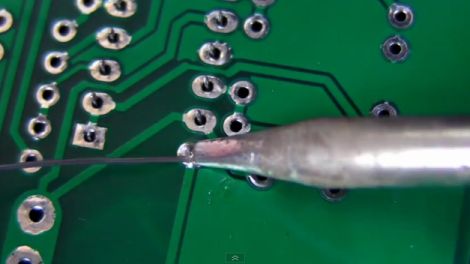Emf Electromagnetic Field Camp is a three-day camping festival for people with an inquisitive mind or an interest in making things: hackers, geeks, scientists, engineers, artists, and crafters.
There will be people talking about everything from genetic modification to electronics, blacksmithing to high-energy physics, reverse engineering to lock picking, crocheting to carpentry, and quadcopters to beer brewing. If you want to talk, there’ll be space for you to do so, and plenty of people who will want to listen.
EMF is a volunteer effort by a non-profit group, inspired by European and US hacker camps like CCC, HAR, and toorcamp. This year on Friday 31st August – Sunday 2nd September 2012 Will hold the first Uk meeting of its kind.
Events and activities will run throughout the day and into the evening, everything else (chats, debates, impromptu circus performances, orbital laser launches) will run as long as your collective energy lasts.
The Event is to be held at Pineham Park, Milton Keynes, UK.
As a Hackaday viewer you can get discounted tickets.
[thanks Jonty]
















